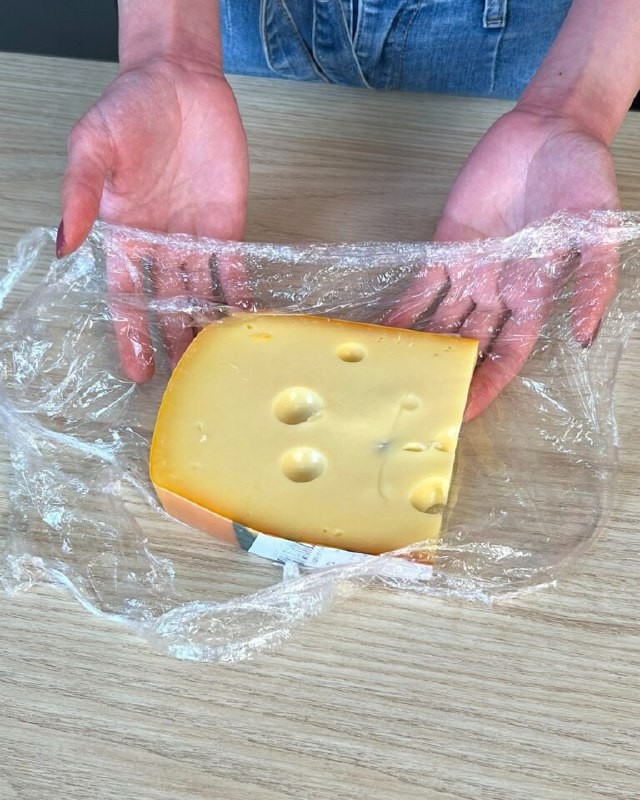ADVERTISEMENT
### 2. **Canning: Preserve at Room Temperature**
Canning is an excellent way to preserve fruits, vegetables, jams, and sauces. This method involves sealing food in airtight containers and heating them to kill bacteria, yeasts, and molds. Once sealed, the food can last for months or even years without refrigeration.
#### How to Can Foods Correctly:
– **Use Sterilized Jars**: Make sure to sterilize your jars before canning to prevent contamination. You can do this by boiling them or using a dishwasher with a sterilizing cycle.
– **Follow Trusted Recipes**: Canning is all about precise measurements and temperatures. Follow trusted, up-to-date recipes from reliable sources (like the USDA or local extension services) to ensure safety and the proper acidity levels.
– **Store in a Cool, Dark Place**: After canning, store your jars in a cool, dark place, away from direct sunlight. This helps maintain the flavor and quality of the food.
### 3. **Vacuum Sealing: Maximize Freshness**
Vacuum sealing is a highly effective method for preserving both dry and moist foods. By removing air from bags and sealing them tightly, this technique helps prevent oxidation and freezer burn. It works well for meats, cheese, nuts, dried fruits, and even liquids like soups and sauces.
#### How to Use a Vacuum Sealer:
– **Choose the Right Bags**: Use bags designed specifically for vacuum sealing. These are thicker and more durable than regular plastic bags, ensuring a tight seal and longer preservation.
– **Seal in Portions**: Just like with freezing, portioning your food before sealing makes it easier to thaw and use only what you need. This is especially helpful for storing meats and prepared meals.
– **Label and Date**: Always label vacuum-sealed items with the date and contents. This will help you keep track of what you have and avoid keeping food too long.
### 4. **Pickling: Create Tangy, Long-Lasting Snacks**
Pickling is an age-old method of food preservation that involves immersing foods in a vinegar or brine solution. The acidity of the liquid helps prevent spoilage and allows the food to last for months while absorbing flavorful, tangy notes.
#### How to Pickle Foods:
– **Choose the Right Vegetables**: Commonly pickled foods include cucumbers, beets, carrots, and cauliflower. Ensure that the vegetables are fresh and firm before pickling.
– **Use the Right Ratio of Vinegar to Water**: Most pickling recipes use a 1:1 ratio of vinegar to water, but some may require more vinegar for added acidity. Follow the recipe instructions carefully for a safe and flavorful result.
– **Sterilize Jars**: Like canning, sterilizing jars before pickling is essential to prevent contamination. After filling the jars with pickled vegetables, seal them tightly and refrigerate.
### 5. **Drying: Remove Moisture to Prevent Spoilage**
Drying is one of the oldest and most effective methods of food preservation. By removing moisture from foods, you create an environment in which bacteria, mold, and yeast cannot grow. This method works for a wide range of foods, including fruits, vegetables, meats (jerky), and herbs.
#### How to Dry Foods Properly:
– **Use a Dehydrator or Oven**: While sun-drying is an option for some foods, using a dehydrator or your oven on low heat is the most effective way to remove moisture. A dehydrator is designed to remove moisture evenly and efficiently.
– **Store in Airtight Containers**: Once your food is dried, store it in airtight containers or vacuum-sealed bags to keep moisture out. Glass jars, Mylar bags, or vacuum-sealed bags are excellent options for storing dried goods.
– **Check for Proper Dryness**: Ensure that the food is completely dry before storing it. Any remaining moisture can cause spoilage. For fruits, test by squeezing them; they should be leathery, not sticky or moist.
### Conclusion: Preserving Food the Right Way
Using the correct methods of food preservation can save you money, reduce waste, and ensure that you always have high-quality ingredients on hand. Whether you prefer freezing, canning, vacuum sealing, pickling, or drying, these techniques allow you to enjoy seasonal produce, leftovers, and even homemade meals long after they’ve been prepared.
By following these **5 food preservation tricks**, you can maximize the lifespan of your favorite foods while maintaining their taste and nutritional value. So next time you’re wondering how to keep your groceries fresh, remember these essential tips to preserve your food for longer and enjoy it at its best!
ADVERTISEMENT
